Thinking in Reverse Today, I’m going to talk about how a delicious French Pinot Noir inspired me to make Broiled Salmon with Beurre Blanc. Be forewarned that if you’re counting calories, this…
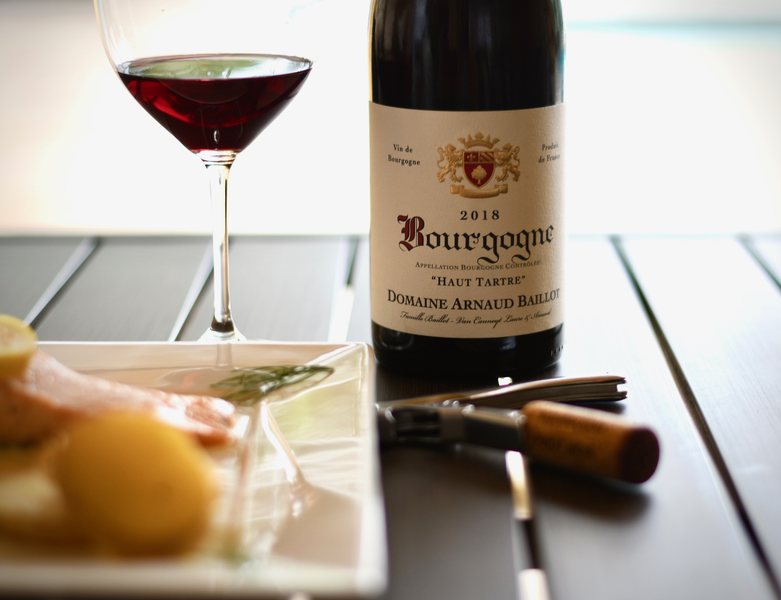

Thinking in Reverse Today, I’m going to talk about how a delicious French Pinot Noir inspired me to make Broiled Salmon with Beurre Blanc. Be forewarned that if you’re counting calories, this…
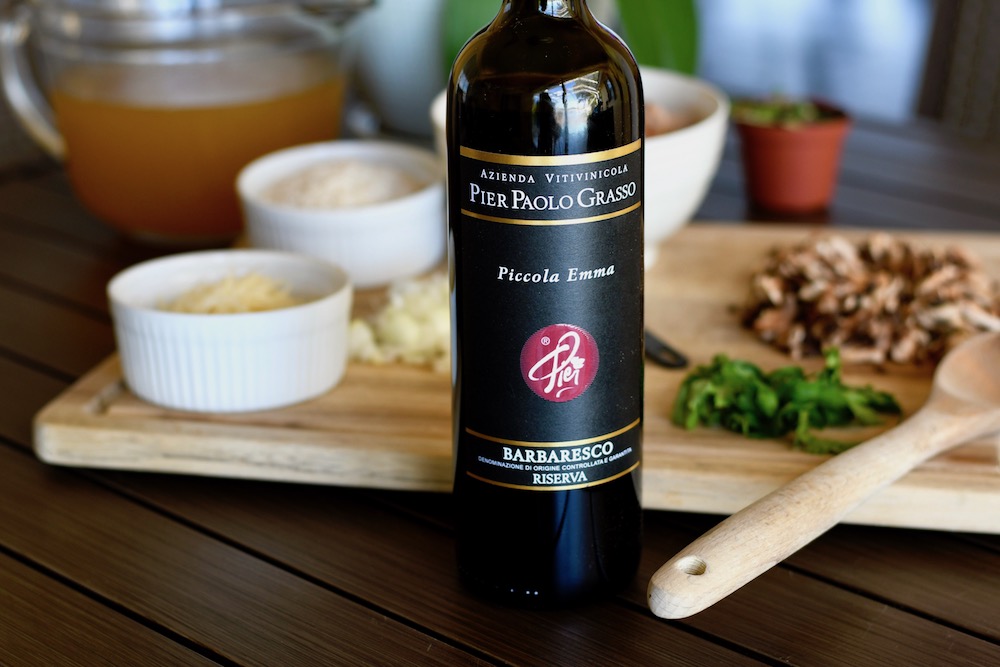
Virtual Travel to a Piemonte vineyard is the perfect way to escape from pandemic-related bad dreams. Enhance your daydreams and enjoy a wine pairing lunch with Barbaresco wine and Risotto with Sausage.
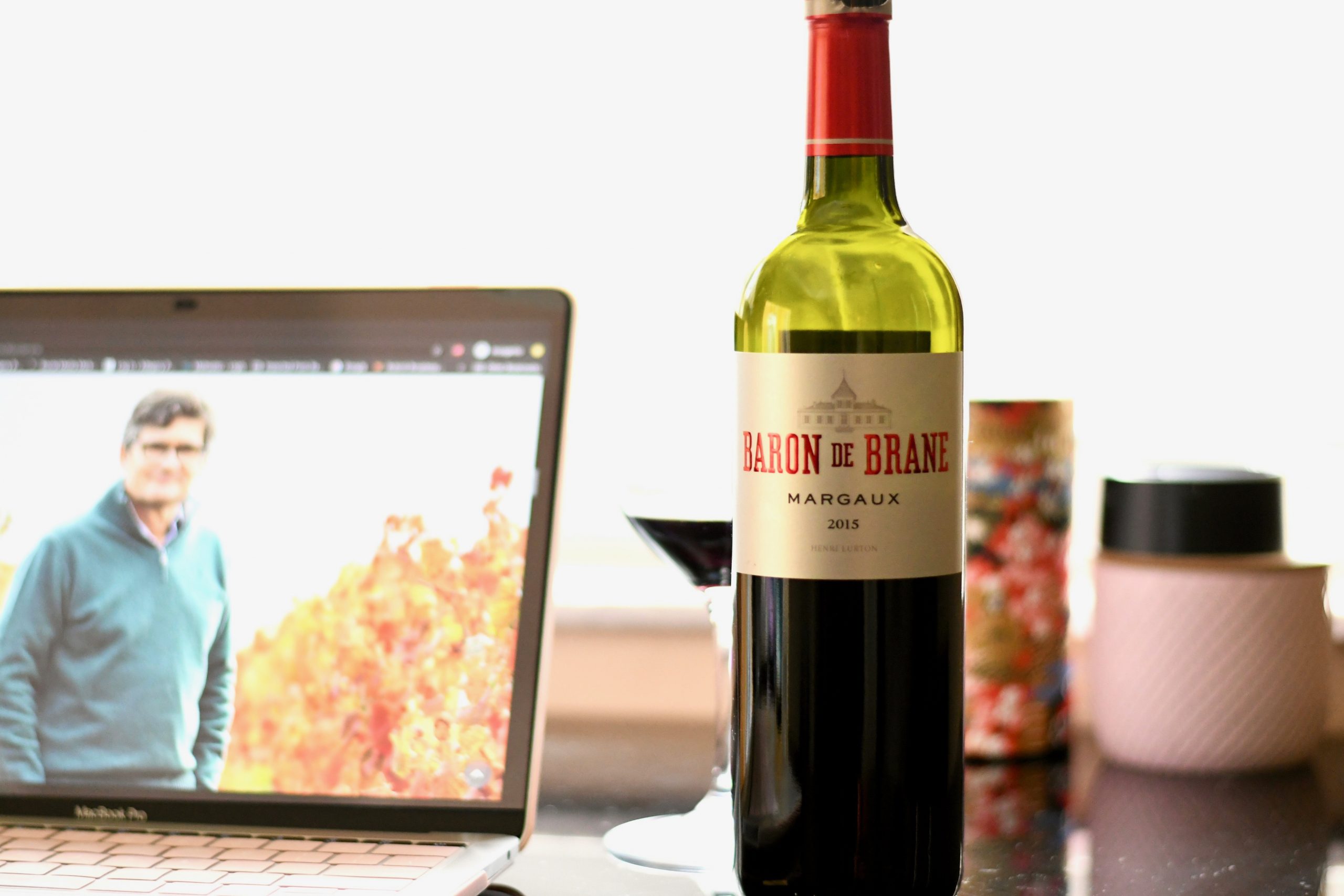
What are wine tasting notes, why are they used and do we really need them? Here’s my take on wine tasting notes.
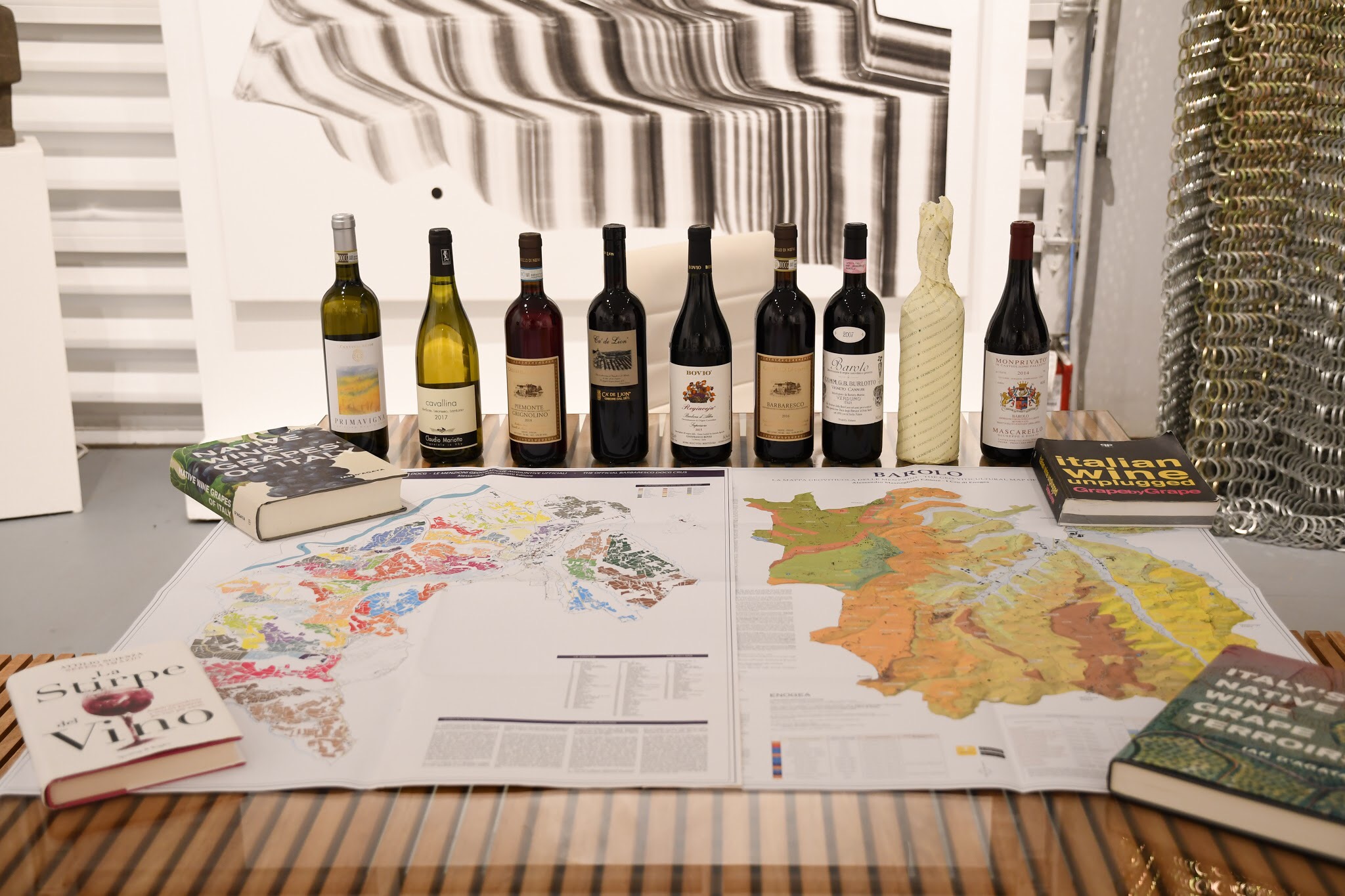
Miami, FL…October 3, 2019…The Italian Wine School based in Miami, Florida is pleased to announce that it will offer the first course certified by Vinitaly International Academy (VIA): Maestro Italian Wine Course…
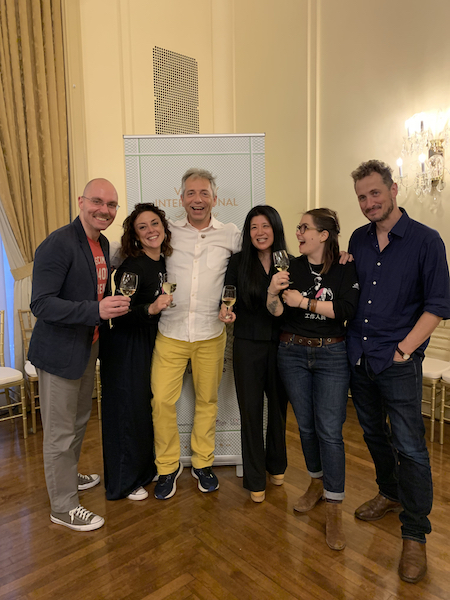
Stefano Campanini is one of twelve people to receive the Italian Wine Ambassador pin of the thirty-nine people who wrote the exam in New York this past Sunday. Miami, FL…July 2, 2019…On…

There’s no connection really between the rom-com and wine. Just word nerd, wine newbie (hopeless romantic) me playing. I suppose we could make up some far-fetched, metaphorical association like, look beyond the…

It’s not a typo, but a fascinating detail behind the story of Fantesca wine. I love wine stories! So, before we begin, take a sip of “Hope” (or one of the other…